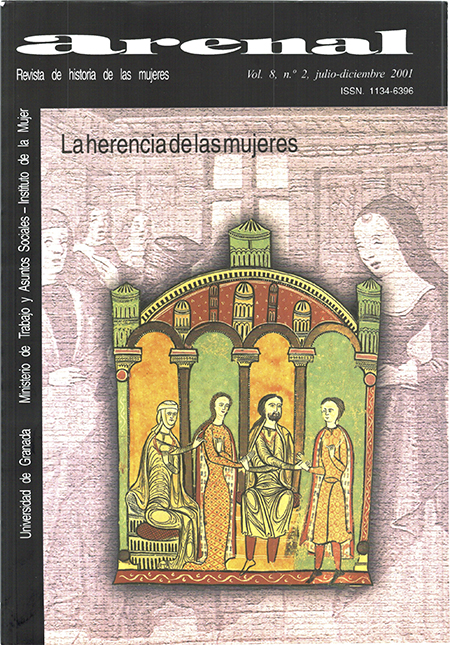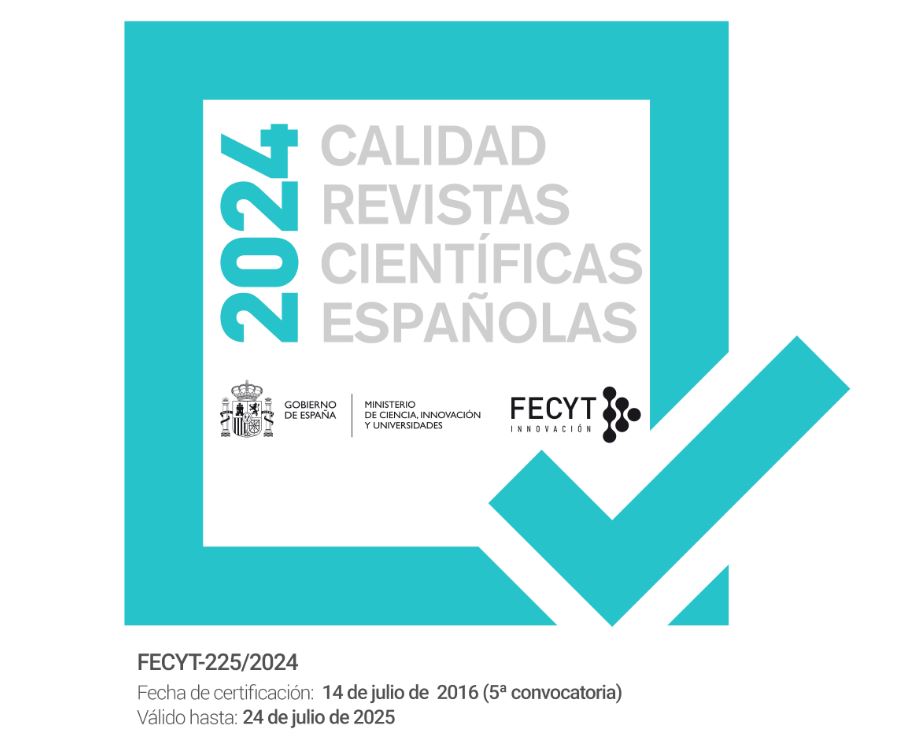Del precio de la novia a la dote en la Europa mediterránea
DOI :
https://doi.org/10.30827/arenal.v8i2.16553Mots-clés :
Dote, Precio de la novia, Desposorio, Códigos germánicos, mundium, morgengabe, sponsalilium, donatio propter nupcias o antefactum, Herencia premortem, Herencia postmortem, Herencia en tierras de la mujer, Asociación limitada de bienes matrimonialesRésumé
Se traza, en este estudio, la evolución a largo plazo de los sistemas de dote que puede ir, desde el precio de la novia, a la dote (idea de compra, precio del intercambio, riqueza de la novia y de la dote) y se argumenta sobre la existencia y desarrollo de los dos tipos de dote: la que dan sus padres a la novia y la que regala en novio a cambio de la novia (donación proter nupcias). Considera la dote medieval como una vuelta al sistema de Grecia y de Roma y un alejamiento del sistema del "precio de la novia" por la dote que era símbolo del estatus patrimonial patrilineal. Considera la ofrenda marital como expresión de los principios conyugales bilaterales. Piensa también que la dote fue un sistema de desheredamiento por la exclusión de la mujer en la herencia, que en Europa mediterránea fue progresivamente concentrada mediante el sistema de bienes vinculados y por la renuncia de ellos por parte de las mujeres. Así, donde la dote floreció, fue desplazando a las otras asignaciones matrimoniales. Contra J Goody, afirma que la dote fue una forma de desheredamiento dentro del grupo social cuya organización se habría vuelto significativamente menos bilateral.Téléchargements
Téléchargements
Publié-e
Comment citer
Numéro
Rubrique
Licence
Los/as autores/as que publican en esta revista están de acuerdo con los siguientes términos:
Los autores/as conservarán sus derechos de autor y garantizarán a la revista el derecho de primera publicación de su obra, el cuál estará simultáneamente sujeto a la Licencia de reconocimiento de Creative Commons 4.0 BY-NC-ND que permite a terceros compartir la obra siempre que se indique su autor y su primera publicación esta revista.
Los autores/as podrán adoptar otros acuerdos de licencia no exclusiva de distribución de la versión de la obra publicada (p. ej.: depositarla en un archivo telemático institucional o publicarla en un volumen monográfico) siempre que se indique la publicación inicial en esta revista.
Se permite y recomienda a los autores/as difundir su obra a través de Internet (p. ej.: en archivos telemáticos institucionales o en su página web) antes y durante el proceso de envío, lo cual puede producir intercambios interesantes y aumentar las citas de la obra publicada. (Véase El efecto del acceso abierto).














